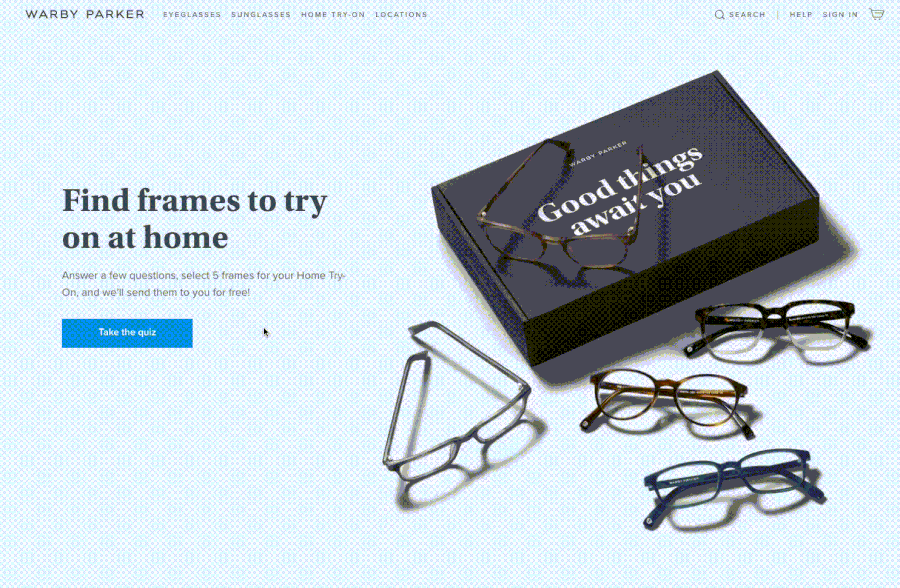BLOG/Design
2019 eCommerce Design Trends
Mobile First
Prepare yourself because I am planning on putting this first for at least the next 10 years. Or, until people get it. If you are not convinced, look at the projections. By the year 2021, almost 73% of eCommerce sales will be from a mobile device. This doesn’t even take into account the amount of research done on a mobile device regardless of by what means the purchase is made. Disregarding mobile and designing something for these big beautiful 2440 pixel cinema displays is selfish and not in the clients best interest. But, it’s not like we aren’t misguided. Please explain to me why design award sites have more categories for desktop than mobile. Come on, guys. Time to update some categories. Mobile phones are so much more powerful than they used to be. I still don’t understand why they are still called phones. They should be called mobile phones as much as computers should be called “digital typewriters”. Mobile devices are omnipresent in today's world and will be for a long time to come. Or at least until Google makes a Black Mirror-esque computer chip we implant in our brains. Until then, the biggest and most important thing that mobile devices do is bring the internet and essentially all information ever created, directly to us, at all times.Guided Path
The Guided Path is something that has been gaining traction in the eCommerce world. Companies like Warby Parker and Hawthorne Cologne are some companies who have excelled at this. While it is great for brands and products such as these, it is not as necessary for all. Complex products with a high amount of research before purchase will thrive with guided paths. They will help to forgo the need to spend time doing extensive research. Sometimes, people just want you to tell them what to buy. Much like a trustworthy salesman, guided paths will help consumers locate the products that are best for them, in turn, it will increase confidence in purchases and lead to more informed decisions and fewer returns. Image via Warby Parker
Image via Warby Parker
Augmented Reality
In 2018 we started to see the beginning of Augmented Reality being utilized in an eCommerce experience. With Apple releasing their new ios system complete with AR Quicklook, viewers had the ability to easily enable augmented reality through the Safari app. Shortly after that, Shopify launched their augmented reality service which provided small businesses an easy and affordable way to bring their product directly into consumers living rooms. Besides the obvious benefits of trying out products in a 3D space, it’s just fun to use. Want a new accent chair? Just stand in your living room, hold up your phone and boom… accent chair. Other brands like Target have branched out and started to utilize this technology and it is awesome. Image via Magnolia Home Furniture
Image via Magnolia Home Furniture
Subtle Motion
Also known as micro-interactions, a website isn’t just imagery, a color palette, an H1 and H2, and some CTAs anymore. It takes nothing more than a quick trip to Dribbble to realize the extent these have gone to. Websites are starting to get personalities that are getting more and more complex. It is not just how they present themselves to you, but how they interact with you. These are the interactions that breath life into a site. It’s truly humanizing these digital stops and turning them into real digital experiences. From the way a page loads, to the slight raising of a button when you hover to the way the button reacts when you click it, all of this is necessary, all of it requires great planning, and most importantly, they all require incredible annotations and oversight. Image via Dribble.com
So, that’s it. My short list. These are emerging eCommerce design solutions for 2019. Are they always the right solution? For most of them, it’s quite the opposite. But, when they are the right solution, you will just know.
We are also recognized as a top Web Design Companies on DesignRush
Image via Dribble.com
So, that’s it. My short list. These are emerging eCommerce design solutions for 2019. Are they always the right solution? For most of them, it’s quite the opposite. But, when they are the right solution, you will just know.
We are also recognized as a top Web Design Companies on DesignRush More from the
DO Blog

Designing & Building Product Finder Quizzes for eCommer...
Strategy & Planning / December 23, 2020
View Blog Post
3 Customer Motivation Strategies to Improve Your eCommerce i...
Strategy & Planning / July 27, 2020
View Blog Post
